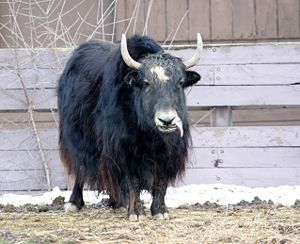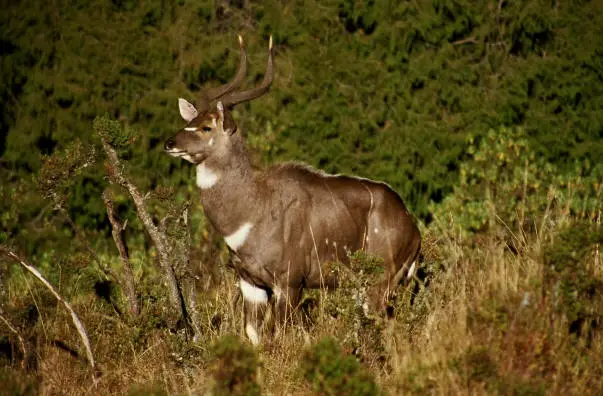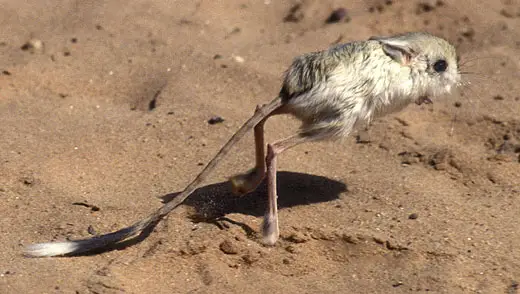The Himalayan Yak
The Yak, also known as Bos grunniens or now a days as the Poephagus grunniens, is a long haired bovine, or cow like animals that is distributed through South Central Asia’s Himalayan areas.
It can also be found near the Qinghai and Tibetan Plateau, and may exist as far north as Mongolia. Domestic populations of the animals are quite large and they have been used as herd animals for a vast number of centuries, while there is also a smaller endangered, or at the least vulnerable population of wild yaks as well.

The Yak, a Himalayan native is kept warm by its shaggy coat
The name appears to have come from the word gyag which only refers to the males of the cow like animals, while the female is called a dri or nak. Many of the languages who have borrowed the word use only the word Yak, which is representative of both male and female of the animals.
Yaks are largely herd animals for the area and are used for milk, meat and also the wool which is quite warm and water resistant.
The male wild yak will stand about 2 meters, or 6 feet tall at the shoulder, while the females are a great deal smaller, standing only about a third of that size.
The domesticate species will be a little smaller at about 1.5 meters, or 4 and a half feet at the shoulder. Both varieties have very long hair, shaggy and thick, which repels water and will insulate them from the cold.
The wild yak can be either black or brown, while the domesticated variety may also appear in white. Both male and female yak have long horns, in wild and domesticated varieties.
The yak will mate in late fall, about September, and the females may begin mating between three and four years of age, having their calves about June. They typically mate evern third year but this is controlled in part by food supplies.
They carry the young about 9 months. The calves are weaned at about a year, and will become independent not long after this time period.
Yaks may live for longer than twenty years.


